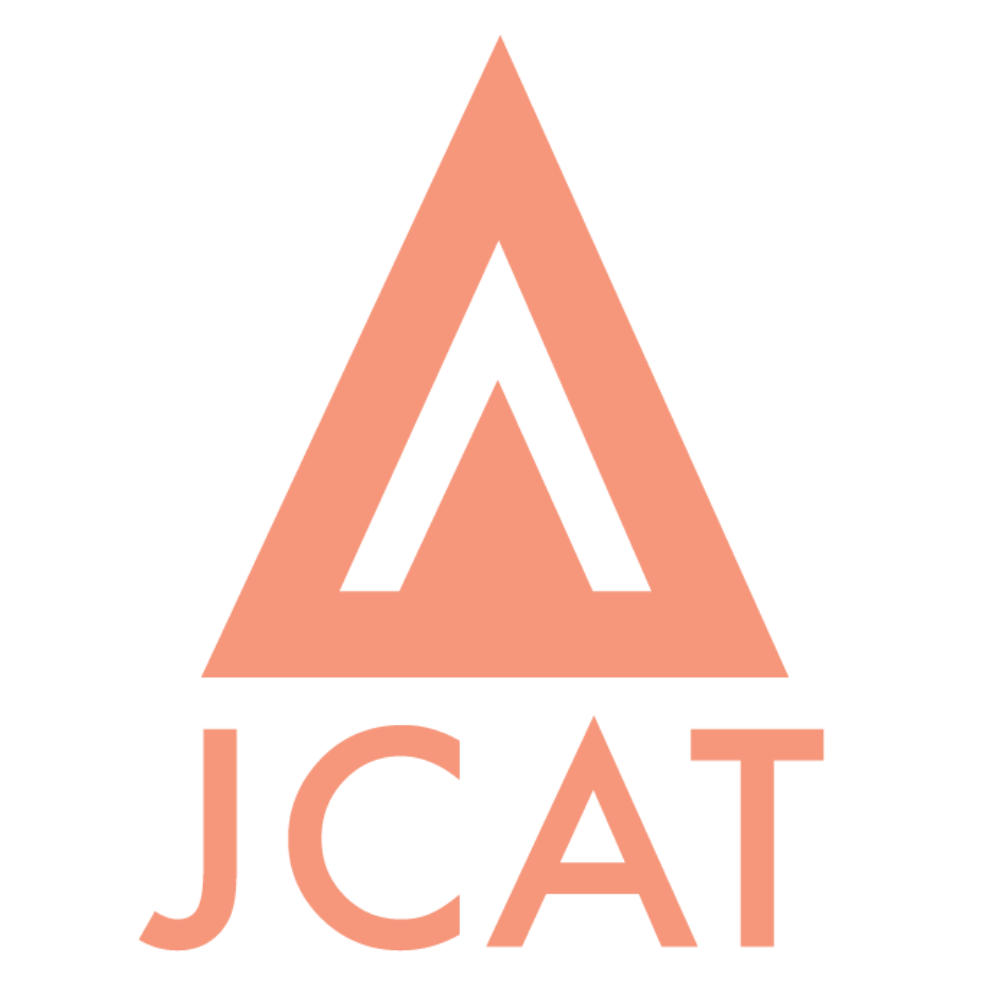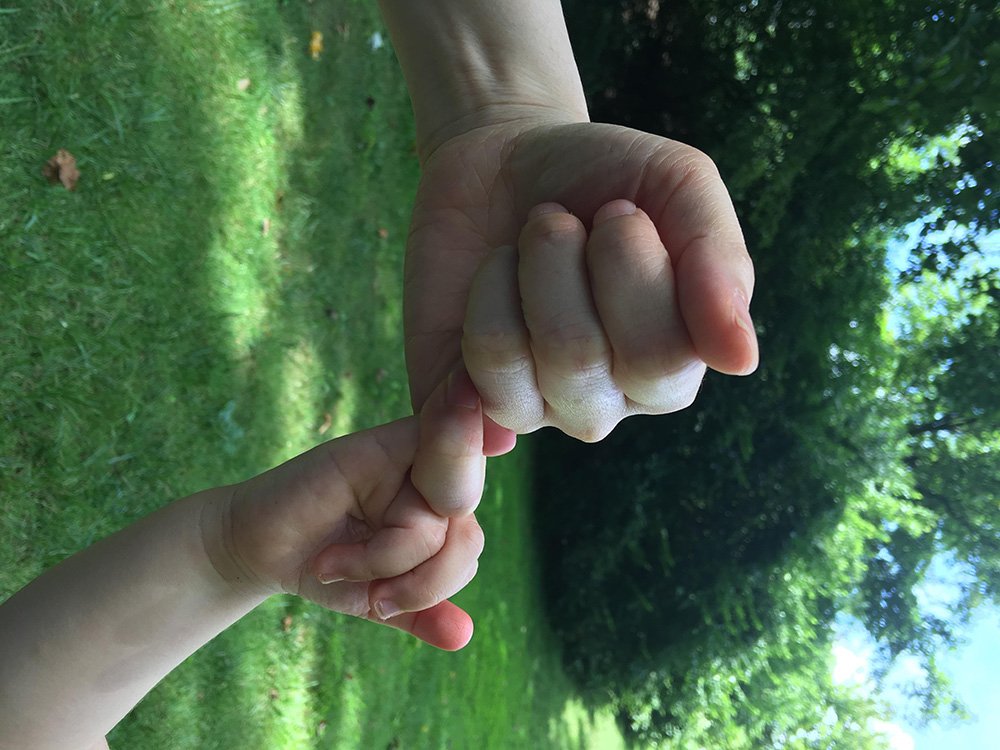Kohana
Mixed Media Artist
She was born in Tsugaru, Aomori in Japan, known for its heavy snow in the winter.She spent her childhood days in Saitama, a prefecture neighboring Tokyo on the northern border.“Tsugaru Onna” (Women born in Tsugaru) are known for having strong passionate personalities.There were many medical doctors among Kohana’s ancestors on her father’s side since the Edo period, and her father is also a doctor.She sensed from her childhood that she should become a doctor herself.
Kohana loved books, mostly foreign literatures, especially Grimm’s Fairy Tales during her childhood and the works of Dostoyevsky during her adolescence.She loved reading books so much that she read while walking on her way to school as she could not stop reading.She had been thinking deeply since her childhood days about how human emotions arise.When watching a TV program on the human brain when she was 10 years old, she became even more interested in how human emotion is created in the brain.Her mother took her to museums and art galleries every weekend.She drew reproductions of great masters’ works such as Picasso and Munch in her diary.She also created her own works.Her childhood dream was to become "a child psychologist and the author of a picture book" as she wrote in her junior school essay.
When she was a junior high school student, she encountered the work of Vlaminck and was shocked by the power as the painting showed a new definition of beauty, depicting mud on a snowmelt road.When she was 17, she pondered whether to become an artist or a doctor, but when she got to know Hippocrates teaching that medicine is art, she decided to become a doctor.During her med school years, Kohana went to an art school on the weekends, majoring in sculpture.She studied various styles of art in that school and was especially impressed by conceptual art, which has the power to change people’s concept at a glance.Kohana created installation pieces, performances using movies and mixed materials.She was awarded a Bronze Prize in the First Maebashi Art Competition in 1998 and was invited to appear on a TV show called “Takeshi’s Daredemo Picasso” (Anyone Can Become Picasso).
As for her international art activities, she participated in a group exhibition in SIGGRAPH in Los Angeles in 2000 and in gallery exhibitions at Edinburgh College of Art in Edinburgh, Scotland in 2008 and 2009.As for her domestic activities of fine art in Japan, she participated in many group exhibitions at the Museum of Modern Art in Gunma, the Museum of Art in Takasaki, and at Rinko-kaku, a designated important cultural property.In these exhibitions, she showed movies of foreign people pronouncing Japanese sentences (aiming to transform the meaning in sentences to simple sounds) appearing on the surface of water in a lotus pot and a work that she acted as a Pandora caged in a paulownia box.Her works have a blended taste of traditional Japanese and Western styles and the power to affect the viewer’s emotions emanating from their primal experiences.
After she experienced the Great East Japan Earthquake in 2011, she has considered the meaning of survival from the earthquake.She felt that the meaning of living is “to fulfill the promise with someone who is close to me”.YUBIKIRI, that can be called“Pinky swear”or“Pinky promise”in English, was started from a Japanese custom to signify that a promise that can never be broken has been made.In the Edo period, the origin of YUBIKIRI was the custom that a prostitute gave her cut pinky to the man whom she loved truly.It might be a kind of sublimation that such a violent desire and love could be a more friendly gentle behavior using YUBIKIRI.She aims to open the mind of people who see her art work and connect with many kinds of people from all over the world using YUBIKIRI.
As a doctor, Kohana is a child psychiatrist and a researcher specializing in the field of psychiatric problems in children.
Kohana loved books, mostly foreign literatures, especially Grimm’s Fairy Tales during her childhood and the works of Dostoyevsky during her adolescence.She loved reading books so much that she read while walking on her way to school as she could not stop reading.She had been thinking deeply since her childhood days about how human emotions arise.When watching a TV program on the human brain when she was 10 years old, she became even more interested in how human emotion is created in the brain.Her mother took her to museums and art galleries every weekend.She drew reproductions of great masters’ works such as Picasso and Munch in her diary.She also created her own works.Her childhood dream was to become "a child psychologist and the author of a picture book" as she wrote in her junior school essay.
When she was a junior high school student, she encountered the work of Vlaminck and was shocked by the power as the painting showed a new definition of beauty, depicting mud on a snowmelt road.When she was 17, she pondered whether to become an artist or a doctor, but when she got to know Hippocrates teaching that medicine is art, she decided to become a doctor.During her med school years, Kohana went to an art school on the weekends, majoring in sculpture.She studied various styles of art in that school and was especially impressed by conceptual art, which has the power to change people’s concept at a glance.Kohana created installation pieces, performances using movies and mixed materials.She was awarded a Bronze Prize in the First Maebashi Art Competition in 1998 and was invited to appear on a TV show called “Takeshi’s Daredemo Picasso” (Anyone Can Become Picasso).
As for her international art activities, she participated in a group exhibition in SIGGRAPH in Los Angeles in 2000 and in gallery exhibitions at Edinburgh College of Art in Edinburgh, Scotland in 2008 and 2009.As for her domestic activities of fine art in Japan, she participated in many group exhibitions at the Museum of Modern Art in Gunma, the Museum of Art in Takasaki, and at Rinko-kaku, a designated important cultural property.In these exhibitions, she showed movies of foreign people pronouncing Japanese sentences (aiming to transform the meaning in sentences to simple sounds) appearing on the surface of water in a lotus pot and a work that she acted as a Pandora caged in a paulownia box.Her works have a blended taste of traditional Japanese and Western styles and the power to affect the viewer’s emotions emanating from their primal experiences.
After she experienced the Great East Japan Earthquake in 2011, she has considered the meaning of survival from the earthquake.She felt that the meaning of living is “to fulfill the promise with someone who is close to me”.YUBIKIRI, that can be called“Pinky swear”or“Pinky promise”in English, was started from a Japanese custom to signify that a promise that can never be broken has been made.In the Edo period, the origin of YUBIKIRI was the custom that a prostitute gave her cut pinky to the man whom she loved truly.It might be a kind of sublimation that such a violent desire and love could be a more friendly gentle behavior using YUBIKIRI.She aims to open the mind of people who see her art work and connect with many kinds of people from all over the world using YUBIKIRI.
As a doctor, Kohana is a child psychiatrist and a researcher specializing in the field of psychiatric problems in children.
彼女は日本の雪国である青森の津軽で生まれ、東京の隣県である埼玉で少女時代を過ごした。津軽女というのは、深い情念を持つことで知られている。彼女の父方の家系は江戸時代からつづく医師の家系であり、幼いころから医師にならなくてはならないと感じていた。
彼女は、少女時代、本を読みながら歩くくらい本が好きであった。世界文学、とりわけ幼少期はグリム童話、思春期にはドストエフスキイの作品を愛好していた。幼いころから人の感情がどのように生まれるかについて考えを馳せるようになり、10歳になるころ、テレビで「ザ・ブレイン」という脳の働きの特集番組を見たことをきっかけに、感情が脳によって作られていることに興味を持つようになった。また、週末ごとに母に美術館に連れられ、ピカソやムンクなどの作品をみては、日記に模写し、自分の作品も日々作っていた。小学校の卒業文集の夢は「児童心理学者と絵本作家」であった。中学生のとき、ヴラマンクの雪解けの道の作品に心打たれ、泥のような汚いものを、美として新たに定義づけられる作品の力を知る。
17歳で、進路を決めるときに、アーティストか医師になるかで悩みつつ、医はArtであるというヒポクラテスの教えを知り、医師になることを決めた。医学生時代は、週末美術学校に通い、彫刻を専攻した。その学校では、さまざまな手法を学んだ。なかでも、一瞬にしてコンセプトを変える力を持つコンセプチュアル・アートの役割にこころを打たれた。映像や、女性の頭部の彫刻、花、ばらの枝や、女性の靴、金属などさまざまな素材を組み合わせたインスタレーション作品、またパフォーマンス作品をつくり続けてきた。医学生時代にアメリカに留学し、ニューヨークでのギャラリーめぐりも行い、そこで出会ったピピロッティ・リストの映像作品『EverisOverAll』に感銘をうけた。
1998年の第一回前橋アートコンペでは着物を着て彫刻作品をプレゼンするパフォーマンスにより銅賞を受賞し、たけしの誰でもピカソの勝ち抜きアートバトルへの出場をテレビ東京からオファーされた。海外における展覧会としては、2000年にロサンゼルスでのSIGGRAPH、2008年、2009年には、スコットランド、エジンバラでのグループ展を行ってきた。国内における展覧会としては、群馬県立美術館や、高崎市美術館でのグループ展などのほか、重要文化財である臨江閣における展示も行ってきた。これらの展覧会では、日本語の文章を、いろいろな国の人に復唱してもらい、意味を音に変換する映像を蓮鉢の水面に映すプロジェクトや、桐箱の中に閉じ込められたパンドラを演じる映像作品などを発表した。
彼女の作品は、和と西洋文化が混在し、人々の感情の中枢にはたらきかけ原体験をえぐりだすような力を持っている。2011年の東日本大震災の後、彼女は生き残ることの意味について考えさせられ、「生きている、ということは、誰かとの約束を守るため」と感じた。その直後、福島の美術館で展示する機会があり、彼女の夫との「指きり」の写真、「約束」という作品を出展した。英語で「指きり」は、日本から伝わって”pinkypromise”,“pinkyswear”といいう。指きりの起源は、江戸時代、遊女が本当に心を捧げて愛した人に小指を切断して贈ったことからはじまるとされている。「指きり」という行為は、暴力的な人間の情念や愛が昇華された行為と考えられる。今回出展した「YUBIKIRI」という作品は、作品をみた人々の心を開き、さまざまな国の人々とつながることを意図している。
医師としては、児童精神科医として診療を行い、また、こどものこころの問題について脳画像を用いて解明を目指す研究を続けている。
彼女は、少女時代、本を読みながら歩くくらい本が好きであった。世界文学、とりわけ幼少期はグリム童話、思春期にはドストエフスキイの作品を愛好していた。幼いころから人の感情がどのように生まれるかについて考えを馳せるようになり、10歳になるころ、テレビで「ザ・ブレイン」という脳の働きの特集番組を見たことをきっかけに、感情が脳によって作られていることに興味を持つようになった。また、週末ごとに母に美術館に連れられ、ピカソやムンクなどの作品をみては、日記に模写し、自分の作品も日々作っていた。小学校の卒業文集の夢は「児童心理学者と絵本作家」であった。中学生のとき、ヴラマンクの雪解けの道の作品に心打たれ、泥のような汚いものを、美として新たに定義づけられる作品の力を知る。
17歳で、進路を決めるときに、アーティストか医師になるかで悩みつつ、医はArtであるというヒポクラテスの教えを知り、医師になることを決めた。医学生時代は、週末美術学校に通い、彫刻を専攻した。その学校では、さまざまな手法を学んだ。なかでも、一瞬にしてコンセプトを変える力を持つコンセプチュアル・アートの役割にこころを打たれた。映像や、女性の頭部の彫刻、花、ばらの枝や、女性の靴、金属などさまざまな素材を組み合わせたインスタレーション作品、またパフォーマンス作品をつくり続けてきた。医学生時代にアメリカに留学し、ニューヨークでのギャラリーめぐりも行い、そこで出会ったピピロッティ・リストの映像作品『EverisOverAll』に感銘をうけた。
1998年の第一回前橋アートコンペでは着物を着て彫刻作品をプレゼンするパフォーマンスにより銅賞を受賞し、たけしの誰でもピカソの勝ち抜きアートバトルへの出場をテレビ東京からオファーされた。海外における展覧会としては、2000年にロサンゼルスでのSIGGRAPH、2008年、2009年には、スコットランド、エジンバラでのグループ展を行ってきた。国内における展覧会としては、群馬県立美術館や、高崎市美術館でのグループ展などのほか、重要文化財である臨江閣における展示も行ってきた。これらの展覧会では、日本語の文章を、いろいろな国の人に復唱してもらい、意味を音に変換する映像を蓮鉢の水面に映すプロジェクトや、桐箱の中に閉じ込められたパンドラを演じる映像作品などを発表した。
彼女の作品は、和と西洋文化が混在し、人々の感情の中枢にはたらきかけ原体験をえぐりだすような力を持っている。2011年の東日本大震災の後、彼女は生き残ることの意味について考えさせられ、「生きている、ということは、誰かとの約束を守るため」と感じた。その直後、福島の美術館で展示する機会があり、彼女の夫との「指きり」の写真、「約束」という作品を出展した。英語で「指きり」は、日本から伝わって”pinkypromise”,“pinkyswear”といいう。指きりの起源は、江戸時代、遊女が本当に心を捧げて愛した人に小指を切断して贈ったことからはじまるとされている。「指きり」という行為は、暴力的な人間の情念や愛が昇華された行為と考えられる。今回出展した「YUBIKIRI」という作品は、作品をみた人々の心を開き、さまざまな国の人々とつながることを意図している。
医師としては、児童精神科医として診療を行い、また、こどものこころの問題について脳画像を用いて解明を目指す研究を続けている。
Past Exhibitions
-JCAT New York SOLO Exhibition in July 2020
-JCAT New York Made inJapan Exhibition in August 2022








